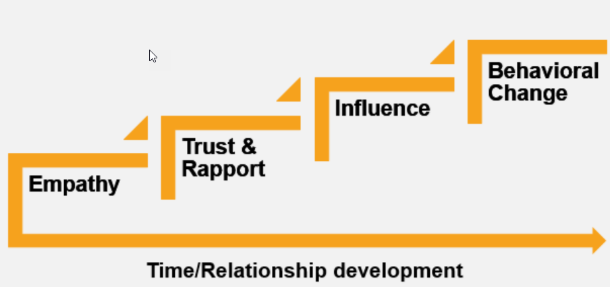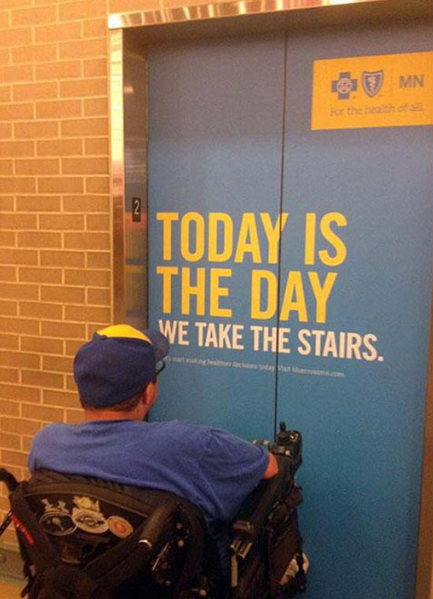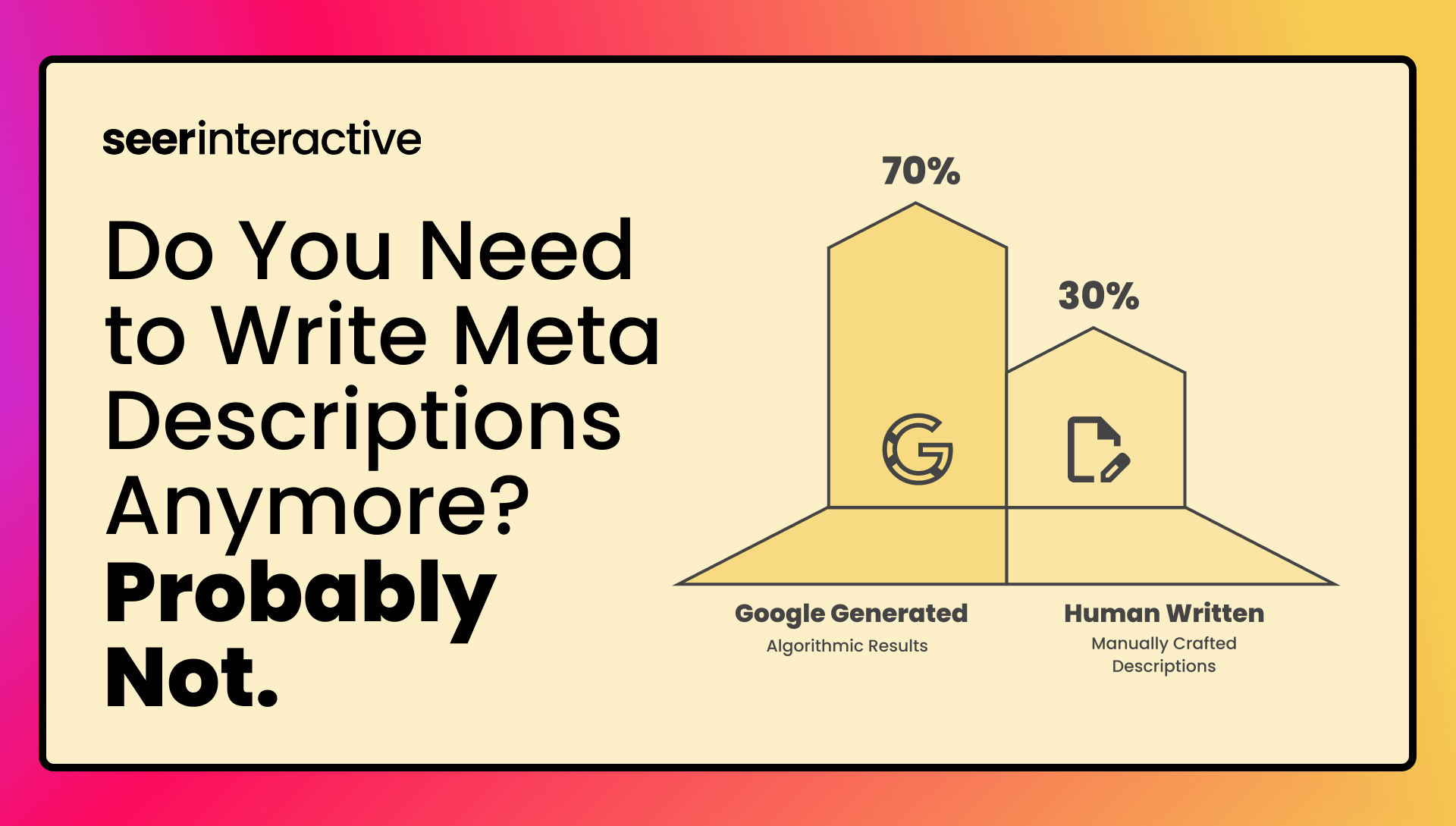Hostage negotiators at the FBI developed a model for creating relationships between the bureau’s negotiators and their counterparts, which culminates in the FBI negotiator influencing a decision of his or her counterpart during the negotiation—like “let her go” or “put down the gun.” The bureau calls this the behavioral change the stairway model:

The model outlines a process for developing a relationship that flows through time, starting with the negotiator empathizing with his or her counterpart, then building trust and rapport before ever trying to influence or enact any sort of behavioral change. The assumption inherent within this model is that without the foundation of empathy—without building trust and rapport—negotiators can’t hope to enact change. Without empathy they will fail.
Though marketing is slightly less high stakes than hostage negotiation, in many ways I believe that the methodology behind this model can be applied to our industry. Over time marketers (for the most part) have built a bad rap, partially because we’ve invested dollars and energy trying hard to influence without first building trust and rapport through empathy. I see marketers fuck this up constantly. Remember the Kendall Jenner Pepsi ad? If you haven’t seen it, take a few minutes. HBS might as well use this as a case study for zero-empathy-advertising. Rightfully so, people were pissed when it aired, and Pepsi pulled it quickly.



I’m guessing not many folks were influenced to buy a can of Pepsi after watching the ad. At least I hope not.
Who were the geniuses behind this one?
 C’mon guys.
C’mon guys.
And what can Uber tell us about empathy?

This graph was submitted to Reddit a few months ago and upvoted almost 40,000 times. Maybe this is a stretch, but I’d argue that Uber’s service inherently does a better job of empathizing with their users’ most important pain points than NYC taxi cabs. Reliability? Uber wins. Safety? Uber wins. Easy payment method? Uber wins.
What do these example show us?
You probably already knew that investing in audience research is a good idea. But let me emphasize that it’s crucial to spend your time there first. We need to walk a mile in our customers’ shoes before we try to sell them a pair. We need to literally have a conversation with them. Once we do that, the best marketers will look to build trust with their customers before ever attempting to influence any sort of decision.
And should our customers spend their hard earned cash with us and choose our brand over the competition? We need to uphold our end of the bargain. In the internet age it’s no longer good enough to run TV and online ads, create a website/email funnel, cross our fingers and hope for the best. To outlast the competition we must know our customers. We must feel how they feel. Understand their hopes and dreams. We must build our messaging around what makes them tick and their motivations. And then once they engage with us we must create trust through an excellent user experience, stellar customer service, and most importantly a top notch product or service.
This is tough sledding. It takes work. But if negotiators at the FBI can start with empathy to convince a terrorist that it’s in his or her best interest to let the hostage go, we too can start with empathy to sell a few cans of Pepsi.


